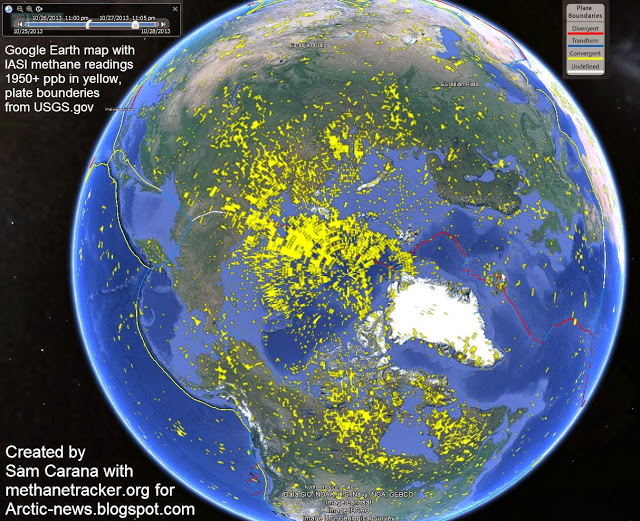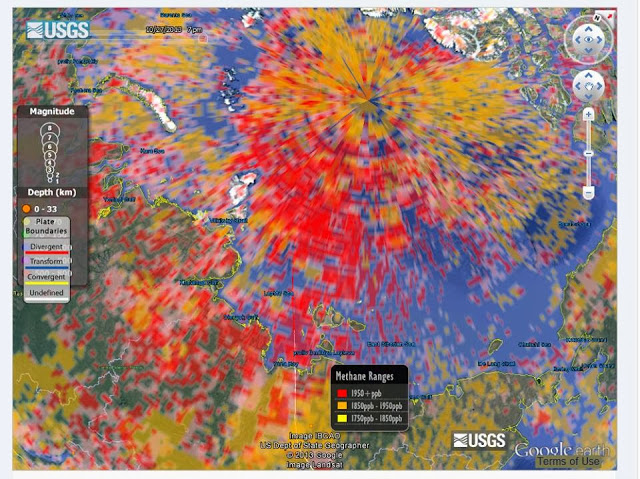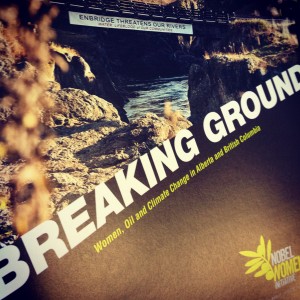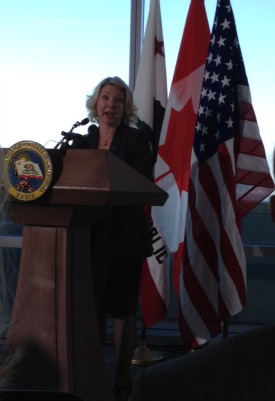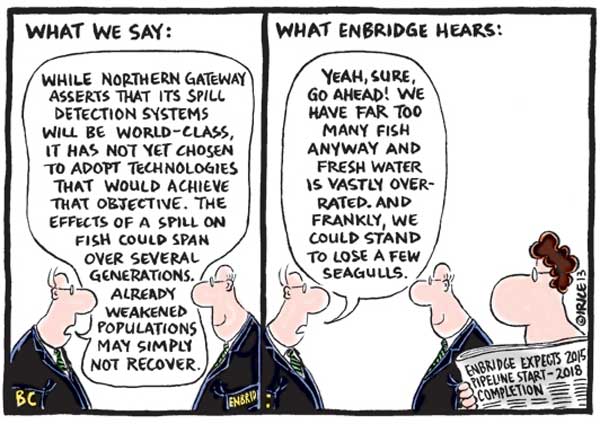By STEVE KILLELEA, reposted from the Institute for Economics and Peace, OCT 1, 2013

A completely peaceful world is indeed utopian. Yet we would add about $2.4 trillion in global economic activity if we made our world 25 percent less violent.
That amount would make a substantial difference. $2.4 trillion is enough to cover the cost of the Millennium Development Goals; eliminate the public debt of Greece, Portugal, and Ireland; help cover the costs of rebuilding after the most expensive natural disaster in history, the 2011 earthquake and tsunami in Japan—and still leave money for other forms of investment.
Yet currently we are constricting global economic development. The global economic impact of violence in 2012 was estimated to be $9.5 trillion, or roughly 11 percent of global GDP.
The Institute for Economics and Peace calculated this figure by totaling economic activity related to the prevention and consequences of violence—such as the cost of homicides, violent crime, and national defense and security services expenditures across 151 countries—using 10 of the 22 qualitative and quantitative indicators employed in the Global Peace Index.
Even with a more cautious target of decreasing violence by 10 percent the world would save $473 billion, which could further spur economic growth and be directed toward infrastructure, health, and educational services.
Keep in mind these are conservative estimates. One of the indicators used to calculate the economic impact of violence is military expenditure, which constitutes 51 percent of costs related to violence around the world. Another indicator is the cost of homicides, accounting for 15 percent or $1.43 trillion of the total. Indicators such as the costs related to property crime, burglary, vehicle theft, domestic violence, surveillance equipment, lost wages, and lower productivity were not included simply because accurate data are not available.
And context is key. Just as economic development takes place within a context of greater peace, peace tends to manifest when there is external and internal economic development. External economic stresses, such as sudden increases or decreases in food prices, especially in conjunction with insufficient social safety nets, can heighten community tension and potentially lead to conflict.
Such was the case in Colombia during the 1990s when it experienced a drop in coffee prices that lowered wages and simultaneously intensified conflict in coffee-producing regions. Oeindrila Dube and Juan Vargas documented this in “Commodity price shocks and civil conflict: Evidence from Colombia.”
On the level of internal economic development, employment is crucial to lessening the risk of conflict because it decreases the attractiveness of joining organized criminal networks or rebel groups. Indeed, as the World Bank showed in its 2011 report on “Conflict, Security, and Development,” youths in conflict-affected countries cited unemployment and idleness as the most compelling reasons for joining rebel groups and gangs.
We Need a Full-cost Accounting of Violence
Governments could nurture economic development by conducting thorough analyses into the effectiveness of expenditures related to violence. For example, in the United States in 2012 it cost approximately $44,000 per year to keep someone in jail, and analysis of various recidivism rates shows that many programs are cost effective, however they do require some upfront investment.
A key challenge to understanding how much of a society’s economic resources are burdened by violence is the lack of data. The great majority of expenditures for the prevention and consequences of violence are not accounted for by national statistical offices. For instance, the North American Industry Classification System has very detailed industry breakdowns for warehousing, health care, and social assistance spending—but not violence containment. The Institute for Economics and Peace methodology is a significant first step in developing an accounting system to ensure better budget analysis and economic understanding of unproductive expenditures.
While the health care debate in the United States revolves around how to reduce costs while improving outcomes, there could be a similar public debate to determine the effectiveness of violence prevention and recovery programs, especially given that 37 percent of the 2010 federal budget, or more than $1 out of every $7 spent in the United States, went to dealing with the consequences of violence.
If we could instead redirect spending toward development pursuits, we would ultimately improve productivity and well-being around the world. And as the well-being of a society improves, the foundation for future prosperity is built.
This virtuous cycle of peace is illuminated through budgeting for better educational institutions. Education boosts the skills, knowledge, and behavior of citizens so that they can contribute to economic productivity, which in turn fosters stability and community cohesion. With cohesion comes better resilience to economic, geopolitical, and natural disasters. The more peaceful and prosperous nations of Scandinavia, which have high education levels as indicated by the 2013 Human Development Index, are a case in point.
On the other hand, if we look at the economic downturn and austerity measures in Greece, we can see how economic pressure drove violent demonstrations.
When reviewing the economic performance of Afghanistan, the Institute for Economics and Peace calculated its 2010 per capita income as approximately $1,000, the same amount as in 1970 before the Afghan Civil War began. This would suggest that lasting conflict in Afghanistan has resulted in 40 years of economic stagnation instead of what could have been $39 billion in growth.
We see how a vicious cycle between economics and peace can perpetuate itself. Yet, if peace and economics can also reinforce each other in a virtuous cycle, then the potential benefit for global well-being is worth embracing. SOURCE
